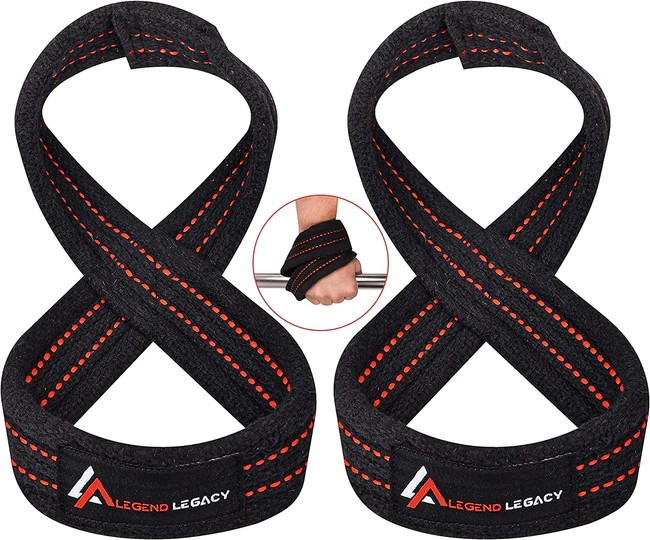Strength training is a popular form of exercise that helps build muscle, increase strength, and improve overall fitness. Whether you’re a seasoned lifter or just starting your fitness journey, having the right equipment can make a significant difference in your training results. One such accessory that has gained popularity among weightlifters is lifting straps. In this article, we will explore what lifting straps are, how they work, their benefits, and how to use them effectively.
Lifting straps are sturdy and durable straps that are typically made from nylon or cotton material. They are designed to wrap around your wrists and attach to a barbell, dumbbell, or other weightlifting equipment. The primary purpose of lifting straps is to provide a secure and strong grip, particularly when performing heavy lifts or exercises that involve a high volume of repetitions. By enhancing your grip, lifting straps allow you to focus more on the target muscles and lift heavier weights, potentially leading to increased muscle growth and strength gains.
One of the main advantages of lifting straps is their ability to alleviate grip fatigue. As you lift heavier weights, your grip strength can become a limiting factor, hindering your ability to complete sets or perform exercises with proper form. Lifting straps help by transferring the weight from your hands and forearms to your wrists and upper body, reducing the strain on your grip muscles. This allows you to push beyond your grip strength limitations and target the intended muscle groups more effectively.
Furthermore, lifting straps can be particularly beneficial for pulling exercises such as deadlifts, rows, and pull-ups. These movements often require a strong grip to maintain control of the weight throughout the exercise. Lifting straps provide a reliable grip, enabling you to fully engage the targeted muscles without worrying about your hands slipping or losing grip prematurely. This can lead to improved muscle activation and better overall training outcomes.
When using lifting straps, it’s important to maintain proper form and technique. Here are some key points to keep in mind:
- Correct Strap Placement: Start by positioning the strap around your wrist, making sure it is snug but not overly tight. The loose end of the strap should extend toward your fingers.
- Wrapping Technique: Take the loose end of the strap and wrap it around the barbell or dumbbell. Loop it under the bar and back over the top, securing the strap in place. Ensure the strap is tightly secured to prevent any slippage during the lift.
- Grip Adjustment: Once the straps are properly secured, grip the barbell or dumbbell firmly. Your grip should be strong, but avoid excessively squeezing the bar, as the lifting straps will provide the primary support.
- Proper Breathing: Maintain proper breathing techniques throughout your lifts. Take deep breaths before initiating the lift, and exhale as you complete the concentric (lifting) phase of the exercise.
While lifting straps offer numerous benefits, it’s important to note that they should not be used as a crutch or a substitute for developing grip strength. It’s still crucial to include exercises that specifically target your grip muscles in your training routine. This will ensure that you develop well-rounded strength and maintain a strong grip without relying solely on lifting straps.
In conclusion, lifting straps are valuable tools for weightlifters and strength training enthusiasts. They provide a secure grip, reduce grip fatigue, and allow you to lift heavier weights, ultimately maximizing your training potential. When used appropriately and in conjunction with proper grip strength training, lifting straps can be a valuable asset to enhance your strength training workouts and help you achieve your fitness goals.

